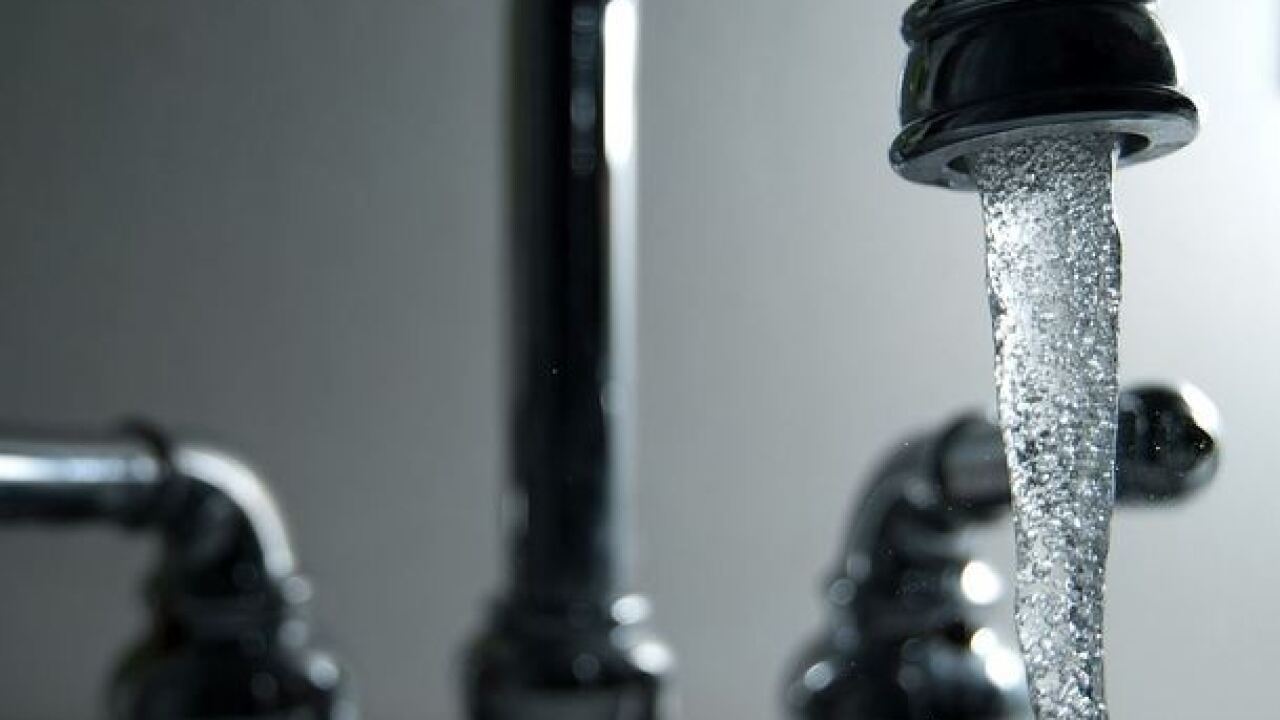VILLAGE OF WILLIAMS BAY — The Wisconsin Department of Natural Resources (WDNR) has issued a “do not drink” order for the Village of Williams Bay, which is in effect until further notice.
While the order is in effect, residents are advised not to use the village tap water for drinking or cooking because it is contaminated with high levels of nitrite, according to a release from the village president.
Watch: What we know about a "do not drink" order in Williams Bay:
The order comes after the village president said they were informed by the WDNR of a “potential issue” on Monday, Aug. 25. In response, the village ordered water tests from various locations throughout the village, with results returning late Wednesday.
The village said the results showed nitrite levels in the water distribution system that “exceeded the maximum level allowed,” with some samples surpassing the safe drinking water standard of 1 milligram per liter.

The order will remain in effect until nitrite levels throughout the system are acceptable and below the maximum threshold, which the village said it hopes to lift within a couple of weeks.
At an emergency meeting, the village board unanimously authorized expenditures of up to $100,000 to provide emergency supplies to address the high nitrite levels and to provide bottled water for all residents while the order is in effect.
What’s next
- The village has partnered with the Williams Bay School District to provide a water distribution site at Williams Bay School.
- Residents will be able to pick up bottled water from the school.
- Bottled water distribution will be 3 p.m.–7 p.m. Aug. 28–Sept. 1 and 4 p.m.–7 p.m. Sept. 2 moving forward.
Water distribution will be at Williams Bay School District. Residents should enter from Theater Road, traveling toward the weight room entrance.
 Williams Bay Police
Williams Bay Police- The village board will hold a public meeting at Williams Bay School on Tuesday, Sept. 2, where it will provide updates and answer residents’ questions.
What's being done
- To address the immediate nitrite problem, the village says it is working in collaboration with the WDNR to reduce nitrite in the system and conduct more sampling for both nitrate and nitrite.
- The village says it is taking the following actions to address nitrite levels: hydrant flushing, chlorinating to reduce nitrifying bacteria, collecting additional water samples, and sending samples to certified laboratories for analysis.
What causes high nitrite levels?
The village says nitrate and nitrite are chemically similar and both occur naturally in the environment, adding that the high nitrite levels are believed to result from the nitrification of ammonia occurring within the water system.
Here’s how you can stay safe
- Do not drink or cook with your water: Failure to follow this advisory could result in illness.
- Do not use tap water for drinking or cooking until further notice.
- Tap water can be used for showering, hand and dishwashing, and toilet flushing while this notice is in place.
- Bottled water should be used for all drinking (including baby formula and juice), brushing teeth, making ice, and food preparation until further notice.
- Do not try to treat the water yourself: Boiling, freezing, adding chlorine or other disinfectants, or letting water stand will not make the water safe.
Health impacts

- Infants and pregnant people who drink water containing nitrite above the public health threshold (1 mg/L) may be at higher risk for health effects.
- The village says studies have shown that high levels of nitrite may cause methemoglobinemia (also known as blue baby syndrome), birth defects, and an increased risk of some cancers.
- Seek medical care if severe symptoms develop.
It’s about time to watch on your time. Stream local news and weather 24/7 by searching for “TMJ4” on your device.
Available for download on Roku, Apple TV, Amazon Fire TV, and more.



